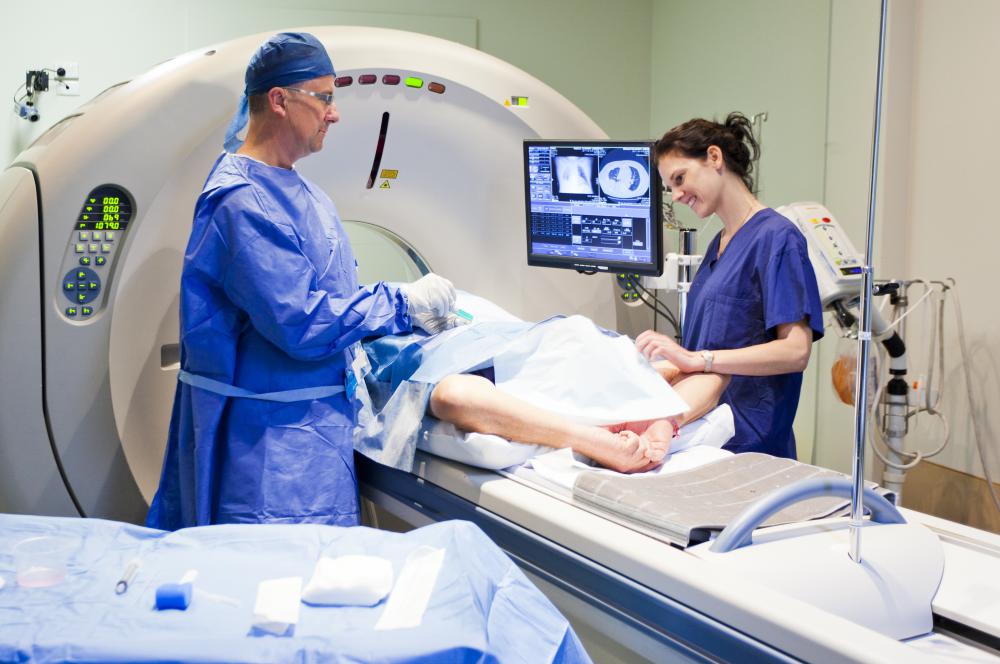At TheHealthBoard, we're committed to delivering accurate, trustworthy information. Our expert-authored content is rigorously fact-checked and sourced from credible authorities. Discover how we uphold the highest standards in providing you with reliable knowledge.
What is Brachial Plexus Neuropathy?
Brachial plexus neuropathy, sometimes also called brachial plexopathy, is a nerve disorder in the brachial plexus, a bundle of nerves which are linked with the shoulder and arm. This condition is characterized by the onset of intense pain in the upper arm and shoulder, followed by regional weakness. It is relatively rare, and sometimes doctors misdiagnose it as a problem originating in the cervical spine, such as a slipped or compressed disc, because the nerves of the brachial plexus originate from this area of the spine.
A number of things can bring on brachial plexus neuropathy, including trauma to the area, stretching injuries, tumors which press on the nerves, radiation, congenital abnormalities, inflammation, exposure to toxins, and some medications. The level of pain experienced by the patient can vary, and patients may also experience tingling and numbness. Initially, the pain may be mistaken for a strain or similar injury, until the patient starts to experience muscle weakness.

Several diagnostic tests can be used to identify brachial plexus neuropathy. A neurological exam of the patient can provide information about where the patient is experiencing problems. An MRI of the area can reveal physical changes to the nerves, and a nerve conduction test can be used to demonstrate that the nerves are not conducting signals properly and to find out where the breakdown in communication is occurring. Nerve biopsies can also be performed to look for structural damage to the nerve.

Treatment options for brachial plexus neuropathy vary, depending on the cause. Left untreated, it can develop into long term weakness or paralysis. It can also cause contractures in the shoulder and arm. In other cases, it may resolve on its own with rest. Treatments can include changing a course of medication, treating for inflammation or infection, physical therapy, and other measures, depending on the case. A neurologist can work with the patient to determine which avenue of treatment might be best.

Some patients may experience long term issues such as weakness, tingling, or numbness as a result of brachial plexus neuropathy. Regular neurological exams are a good idea to identify worrying changes such as progression, and the patient may also benefit from physical therapy and some medications which can be used to manage the nerve pain. Long term management options vary, depending on the patient and the symptoms the patient experiences, and a neurologist can discuss them in detail after an evaluation.
AS FEATURED ON:
AS FEATURED ON:















Discussion Comments
Are There any treatments or therapies that will bring back the use of my arm after BPN?
Post your comments